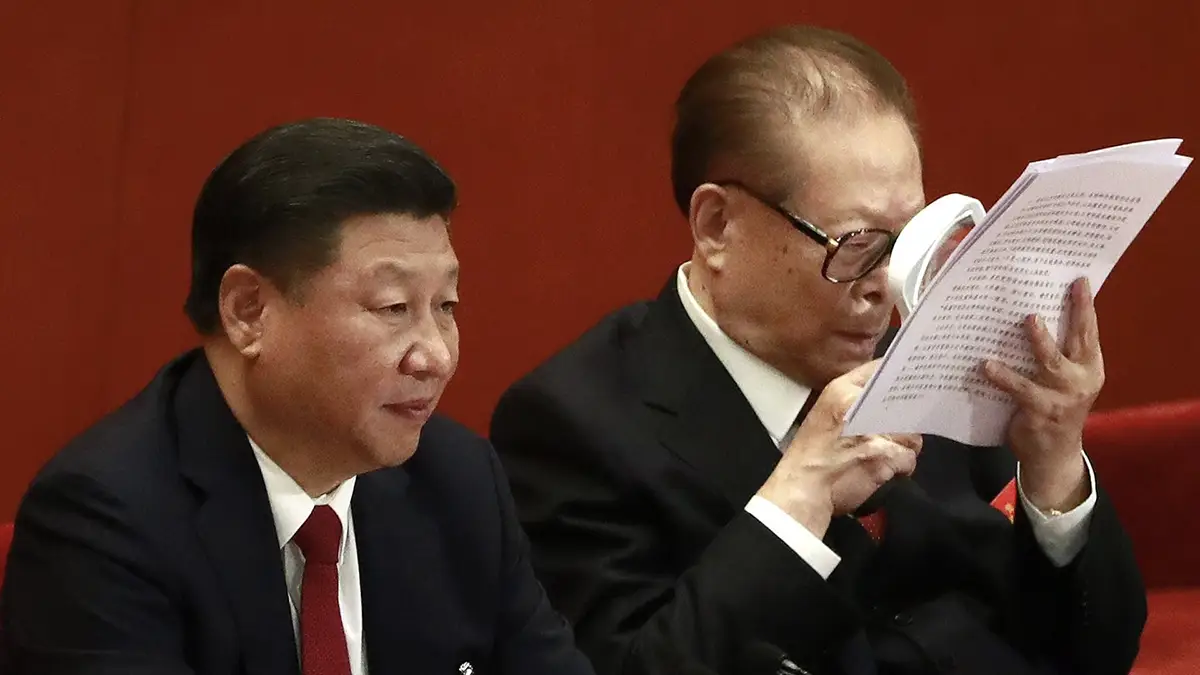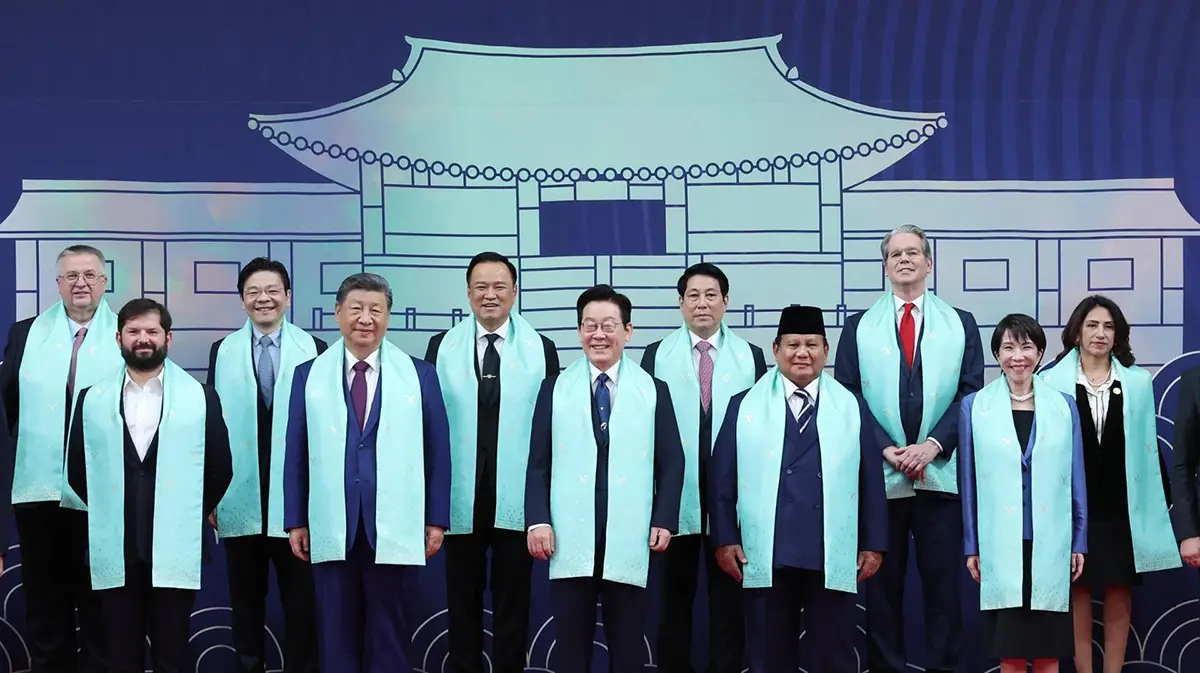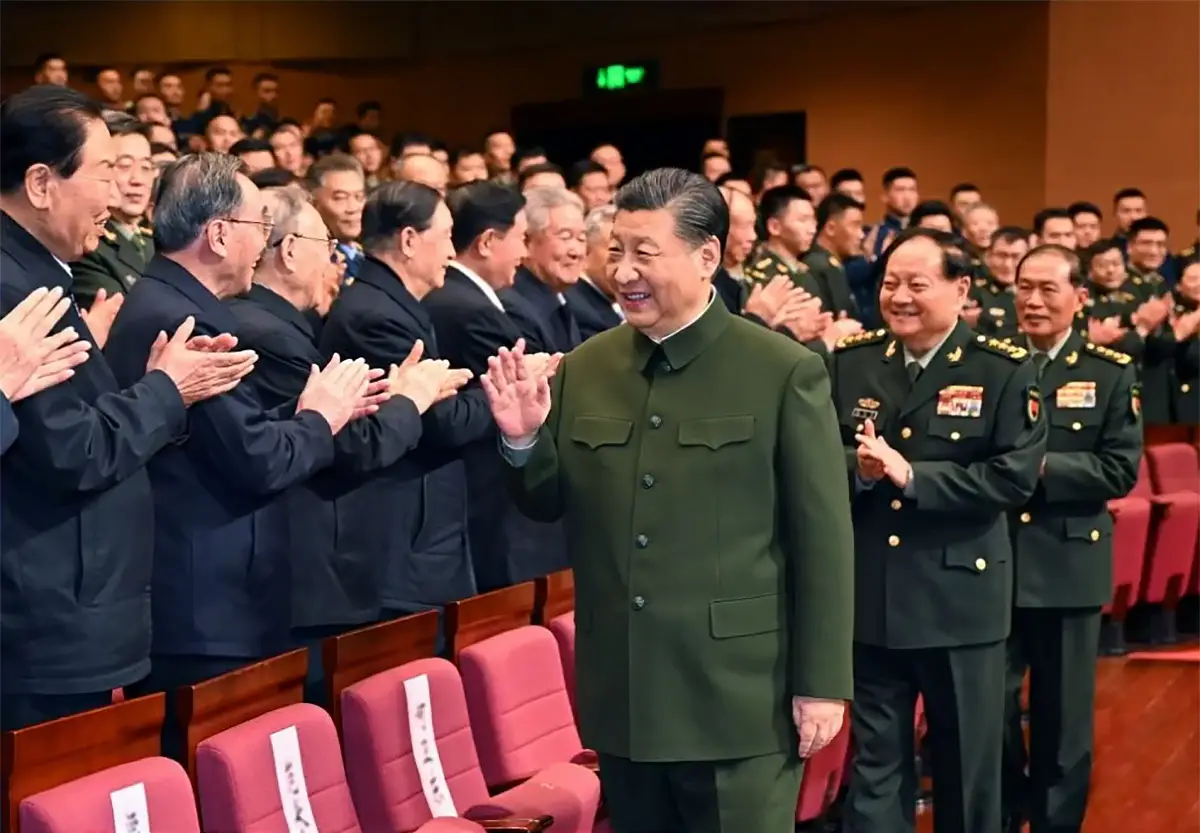The pace of developments in Afghanistan has created stark choices for the Biden administration. In recent weeks and months, many commentators have penned op-eds arguing for or against certain policy options. Broadly speaking, these arguments fall into one of three categories: withdrawing all forces by the May 1 deadline agreed to in the February 2020 U.S.-Taliban agreement, ignoring this deadline given Taliban malpractice and keeping a small U.S. presence in the country, or negotiating a one-time extension to the May 1 deadline to make progress in the U.S.-Afghan government peace talks. However, many of these arguments have failed to assess the risks inherent in their preferred course, which is a crucial aspect of policymaking.
This piece introduces the most prevalent points made in support of these choices, then explores the risks associated with them. In identifying these risks, we aim to provide policymakers with more data to make informed decisions.
Option 1: Withdrawal
Those who favor a withdrawal of U.S. forces by the May 1 deadline typically employ several points to support their argument. They point to the cost of the war, the limited strategic value of Afghanistan as compared to other parts of the globe, or the value of honoring agreements.
Each of these points represents a valid concern that the U.S. should consider. However, taken together, the decision to withdraw forces by May 1 would bring substantial risks in several key areas. First, if the U.S. withdraws its forces by this date and the Taliban-Afghan government peace talks fall apart, it risks jeopardizing its ability to pursue its counterterrorism (CT) interests in Afghanistan. Without a sustained presence on the ground, the U.S. would need to either retain the ability to surge CT capabilities from somewhere outside Afghanistan or rely on its Afghan partners. Neither option is ideal. And while the extent to which terrorist groups in Afghanistan have the capability and the intent to strike American interests abroad remains an open question, failure to put sufficient pressure on these groups would open the door for potential blowback down the road.
Second, withdrawing forces by May 1 without significant progress in the Taliban-Afghan government peace talks would likely result in the breakdown of those talks. Since the withdrawal of foreign forces from the country is one of the Taliban’s main demands (as evidenced by its centrality in the U.S.-Taliban agreement), the Taliban would have little incentive to continue peace talks with the Afghan government after a troop withdrawal. This would stymie the best chance for a lasting peace in Afghanistan since the current conflict began. Additionally, a breakdown of talks would lead to increased violence in a country already experiencing daily attacks. Some claim all-out civil war would follow. Even if that is avoided, there is no doubt that bloodshed would increase.
Third, the withdrawal of U.S. forces would undoubtedly set back the progress made on women’s rights and the rights of minority groups. The current assassination and intimidation campaign targeting women and prominent members of civil society would likely continue and may worsen if the Afghan government proves unable to curb the violence. The degree to which the Taliban have shifted their views on the rights of women is highly debatable. If the group were to regain control of the country, women in Afghanistan would suffer.
Option 2: Residual force
Those who believe that the U.S. should stay in Afghanistan past the deadline highlight reports that the Taliban are failing to adhere to their commitments, the sustainability of a small U.S. CT footprint, the need to for the U.S. to stand by its Afghan partners or the need to protect women’s rights.
Similar to option one, each point made in support of this argument has its merits and risks. First, there are opportunity costs associated with staying. While some may point to the $4 to 5 billion that the U.S. invests each year in building the capabilities of the Afghan National Defense and Security Forces (ANDSF) as sustainable, the actual costs of operating in Afghanistan are much higher. The Department of Defense (DOD) fiscal year 2020 request for funding for operations in Afghanistan was $19 billion. Even if we assume that number declines with decreased force levels, the cost of operations plus U.S. funding for the ANDSF will likely hover around $20 billion per year, a considerable sum.
Second, the distribution of U.S. forces that would likely remain in Afghanistan is not equitable across the Joint Force. U.S. special operations forces (SOF) have maintained a large footprint in Afghanistan for the last 20 years. They have deployed at a near constant rate, and former acting Secretary of Defense Christopher Miller claimed that SOF are likely to be the last forces left in Afghanistan. Yet, as evidenced by the release of the National Defense Strategy, the DOD is focused on other challenges. If DOD wants SOF to focus on great power competition challenges, it will need to reconsider the current distribution of forces, or it will risk being unable to pivot.
Third, a continued U.S. presence risks perpetuating a declining status quo that characterizes the current situation in Afghanistan. Currently, U.S. and coalition forces are not sufficient to stem the tide of the Taliban’s offensive actions in Afghanistan. Nor are they designed to. With the formal end of combat operations in 2014, the U.S. and coalition shifted to a mission of training, advising and assisting the ANDSF. Yet this has come at the expense of security in the country, which has deteriorated in recent years. A continued U.S. presence on the ground will likely ensure that the Taliban will not be able to completely overrun the country, yet will be unable to deliver an ANDSF victory. Simply put, in the absence of a viable peace deal between the Taliban and the Afghan government, a continued U.S. presence will coincide with continued violence. While the U.S. will suffer relatively few casualties, Afghans will continue to die in droves.
Option 3: Breaking the all-or-nothing duality
Between the options to stay or go, a growing group of outside observers are arguing to negotiate a one-time extension to the timelines laid out in the U.S.-Taliban agreement or to advance an ambitious new agenda for peace.
Despite the potential benefits of jumpstarting the current stalled process, changing the terms of the U.S.-Taliban agreement entails considerable risk. First, the Taliban are unlikely to agree to modify or abandon the U.S.-Taliban agreement without additional concessions. Some have suggested that removing current U.S. sanctions on certain Taliban members could serve as this concession. Indeed, the Taliban has long desired the elimination of these sanctions, and the U.S.-Taliban agreement includes a clause requiring the U.S. to undertake a review of them. The U.S. could agree to formally remove its sanctions in return for Taliban participation in a new peace process.
However, there is no guarantee that, having secured an extension to the agreement, the Taliban will adhere to it. The Taliban could play for time and wait until the U.S. reaches its new troop withdrawal deadline. Were this to occur, the U.S. would gain nothing while giving away something valuable.
Third, extending the deadline for the U.S. will require the Biden administration to make a foreign policy decision about Afghanistan, instead of simply adhering to the U.S.-Taliban agreement negotiated under the previous administration. This may increase the chances that, upon further review, the U.S. decides that it cannot or should not fully withdraw its troops. In other words, now may be the best time for the Biden administration to make good on its pledge to exit the conflict without domestic political consequences.
Conclusion
It has become an old adage that there is no good option in Afghanistan. While the statement may be accurate, this attitude also encourages perpetual inaction. All options are fraught with risk. Advocating for a policy option without highlighting its risks does policymakers a disservice. However, identifying and explaining the inherent risk in all likely options can lead to a more productive discussion about U.S. interests in Afghanistan and the risks the U.S. is willing to accept to secure these interests.



